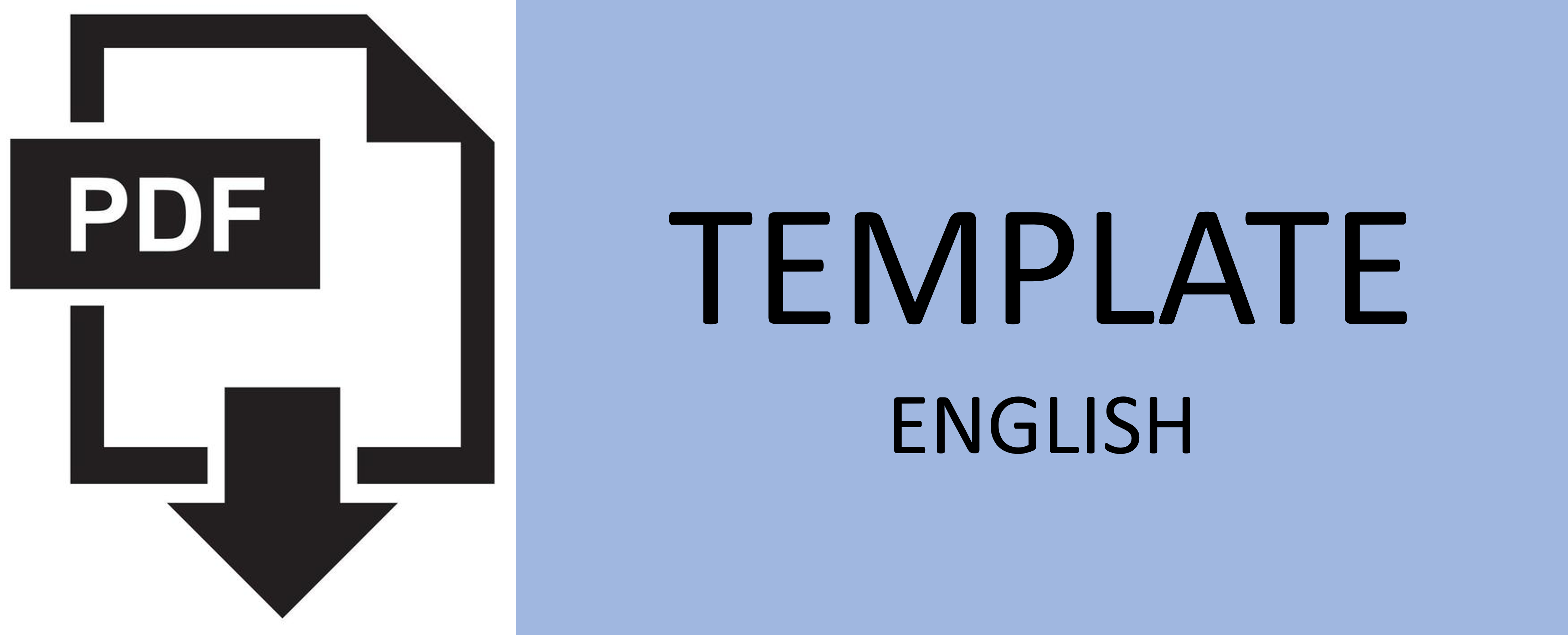COMPARATIVE STUDY OF SINGLE STEEL PILE BEARING CAPACITY BETWEEN GEO5 SOFTWARE AND EMPIRICAL FORMULA METHOD
Abstract
Keywords
Full Text:
PDFReferences
B. P. Jatmiko, “2020, Anggaran Infrastruktur Naik 4,9 persen jadi RP 419,2 Triliun,” KOMPAS.com, 17-Aug-2019. [Online]. Available: https://money.kompas.com/read/2019/08/17/100600926/2020-anggaran-infrastruktur-naik-4-9-persen-jadi-rp-419-2-triliun. [Accessed: 28-Feb-2021].
B. K. Publik, “Kementerian Pupr Kembangkan teknologi mortar busa sebagai solusi konstruksi infrastruktur di Tanah lunak,” e. [Online]. Available: https://eppid.pu.go.id/page/kilas_berita/1651/Kementerian-PUPR-Kembangkan-Teknologi-Mortar-Busa-sebagai-Solusi-Konstruksi-Infrastruktur-di-Tanah-Lunak. [Accessed: 1-Mar-2021].
D. P. P. Wilayah, Panduan geoteknik 1: proses pembentukan dan sifat-safat dasar tanah lunak. Pedoman Kimpraswil No: Pt T-8-2002-B. 2002
J. E. Bowles, Analisis dan Desain Pondasi Jilid 2. (Yogyakarta:Erlangga), 1998.
H. C. Hardiyatmo, Teknik Fondasi 2. (Yogyakarta:Beta Offset), 1998.
H. C. Hardiyatmo, Teknik Fondasi 1. (Jakarta:Gramedia Pustaka Utama), 1996.
Mina, Enden,”Analisis kapasitas dukung pondasi cement SILO dengan menggunakan program Geo5”. Jurnal STABILITA .vol. 7, no.1, 2016.
A. Afriyanto, Analisa perbandingan perencanaan pondasi tiang pancang menggunkan berbagai macam metode pada proyek apartemen the frontage surabaya. Undergraduate Thesis. Institut Teknologi Sepuluh Nopember, 2017.
J. C. A. Cintra, N. Aoki, ”Fundações por estacas projeto geotécnico”. Oficina de Textos. ISBN 978-85-7975-004-5, 2010.
D. Shiananta,”Pemrograman metode interpretasi daya dukung ultimate pada hasil uji beban tiang dan usulan nilai koreksi daya dukung tiang empiris ke metode kuadratic hyperbolic”. Undergraduate Theses. Institut Teknologi Sepuluh Nopember, 2015.
DOI: http://dx.doi.org/10.12962%2Fj20861206.v37i2.13694
Refbacks
- There are currently no refbacks.

Journal of Civil Engineering is licensed under a Creative Commons Attribution-ShareAlike 4.0 International License.







.jpg)